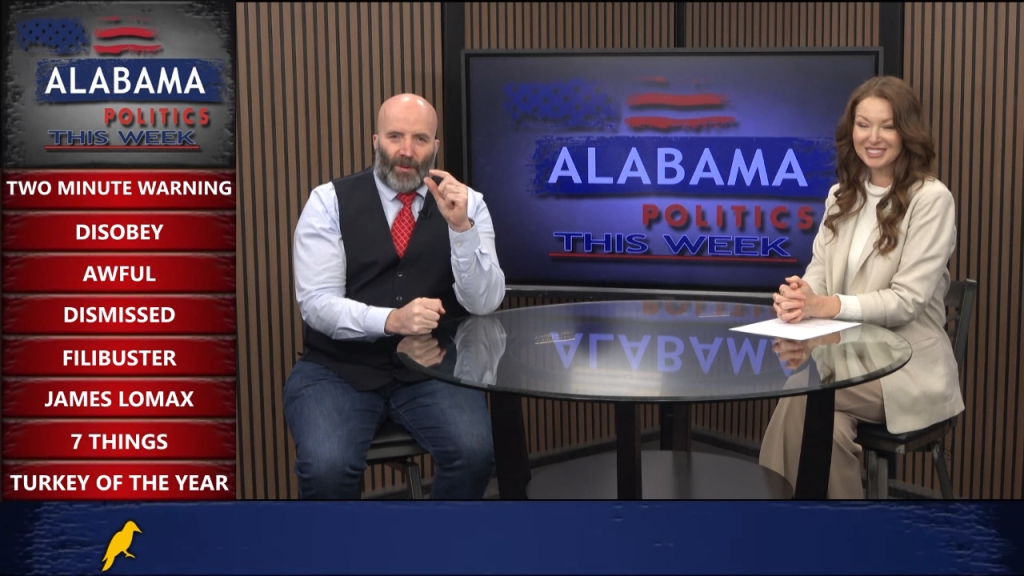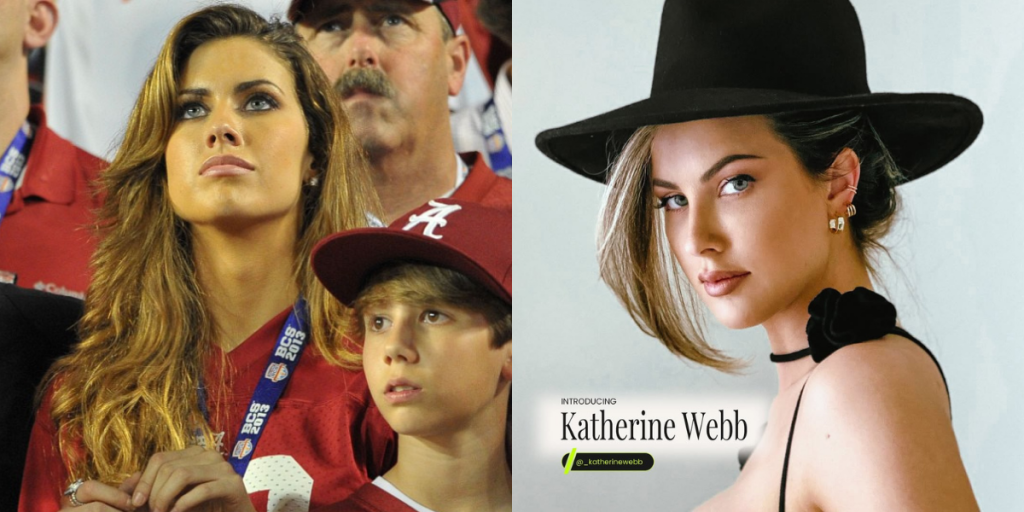The ways in which people utilize social media are extremely diverse. Some people post every minute detail of their lives online (please stop), some people use Facebook to keep up with friends from all over the world, others use Twitter and Facebook as their daily source of news and info. Whether it’s a viral video, a picture, or the news of someone’s death, social media has become an important tool through which information spreads at a rate that was once impossible.
Plenty of political activists and politicians are tapping into the social media boom and reaching new audiences with their message. But the savviest ones are interacting — building a community rather than just a following.
Social media played a huge role in the 2008 presidential election and the 2010 congressional elections. And as more people of all ages and backgrounds engage online, social media is going to play an increasingly significant role in statewide and local races — even in rural areas where broadband internet is becoming more accessible.
The excerpt below is from an op-ed that appeared this morning on the well-known technology blog, Mashable. I plan on posting more thoughts in the future on the use of social media in politics but the info below will give us a good start. You can read the complete article here.
Thanks to the explosive growth of social media users since the 2010 elections, especially among the holy grail of political demographics (baby boomers), the playing field may finally be leveled for startup candidates. [Yellow Hammer note: “startup candidate” refers to those who approach their candidacy similar to how a tech entrepreneur would approach a business.]
“One of the fastest growing populations on Twitter are those 55-plus,” said Karen Jagoda, president of the E-Voter Institute, a non-partisan organization that promotes the use of online tools in political and advocacy campaigns. “Everyone is more receptive to social media than two years ago.”
The paradigm shift that began with President Obama’s bottom-up, online grassroots campaign in 2008 was only further cemented when the right embraced these tools during the conservative revolution two years later. Social media usage stats justified this shift in tactics. In 2008, only 29% of McCain voters were active users of social networking sites, compared to 44% of Obama supporters.
Fast-forward two years, and a Pew Internet & American Life Project report found that Republicans and Democrats used social media to gather or share political information at roughly equal rates in the midterm election cycle.
This shows that anyone — no matter his age or party affiliation — can launch a do-it-yourself, online-based campaign to reach his target audience.
“Online media gives those with little name recognition the ability to get into the game,” says Jagod. “There’s not a guarantee that money will follow, but small contributors with a vested interest in a campaign can build huge grassroots support.”
It’s not just the reach of social media that’s promising for DIY candidates. Digital mediums offer something that linear media can’t: engagement and credibility. A 2011 whitepaper published by SocialVibe found that 94% of social media users of voting age engaged by a political message watched the entire message. Moreover, 39% of these people went on to share that message with an average of 130 online friends.
Go back in time a decade and ask any K Street political consultant whether similar engagement metrics were even remotely possible by utilizing broadcast, mailers or any other traditional outreach tactic, and you would have been laughed out of D.C.
But now, robust interactive strategies are big business. Mega interactive agencies, like Washington D.C.-based Engage, provide consulting and management services for the few who can afford it. Their agency has helped brand and create digital strategies for, among others, MTV reality TV star Sean Duffy, who won Wisconsin’s 7th District House seat in 2010 thanks in part to a slick online campaign.
However, social media has a leveling quality to it. Candidates without major endorsements or million-dollar interactive agencies at their disposal can still utilize the same tactics as their well-funded competitors. Sure, their websites may not have undergone $50,000 in usability testing, or be loaded with Flash animation, but as long as they adhere to a few basics, they manage to reach their desired audiences with credible messaging.
Jagoda mentioned just a few of these tools that are accessible to anybody: email/SMS lists, an authentic Twitter feed, a Facebook presence with strong calls to action, and videos of campaign stops or behind-the-scenes footage, which can be posted on YouTube or Vimeo. And always, always cross-promote these properties on traditional outreach materials, like flyers or direct mailings.
Ribeiro (a candidate discussed in a section of this story prior to the part I posted here) has already invested in this approach, and it seems to be paying off. “I’m really trying to take advantage of the social networking sites, namely Facebook, Twitter, LinkedIn, just because I know these are good sites,” says Ribeiro. “It’s free, it’s engaging, and it’s not just ‘Here’s a sound bite. Here’s a slogan.’ It’s really a discussion. It’s an interaction.”
Aside from featuring his social media presence prominently on his campaign site, Ribeiro also plans to work with a filmmaker friend to add other media, such as viral videos. Generating and sharing this type of content is particularly important for the boomer generation.
“The older demographic is not using the social media tools in the same way as the younger is,” says Jagoda. “They’re more likely to view photos and videos than to post [status updates], but also more likely to forward links.”
But even if Ribeiro doesn’t get enough Likes, shares or comments to win this election, he’s ready for another run in 2014. “I’m building inroads to the future and getting my name out there,” he says.
That’s an often-discounted upside to social media – long after the last political ad has aired, candidates that truly get the essence of social media will keep engaging and growing their communities, building momentum for the next go at it.













